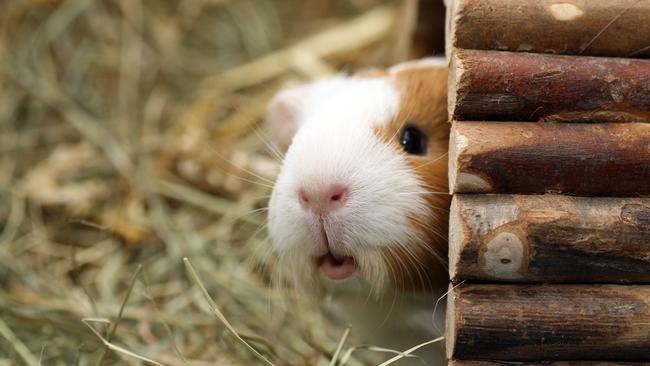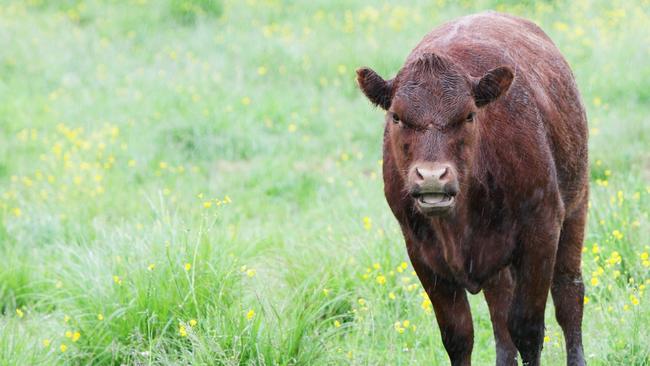Victoria’s most bizarre animal attacks revealed
From vicious guinea pigs to crazy cats — these are the pets who sent Victorians to the emergency department over the last few years.

Victoria
Don't miss out on the headlines from Victoria. Followed categories will be added to My News.
Victorian emergency departments treated more than 13,000 patients injured by animals in three years, as researchers reveal cats were one of the most common perpetrators while snakes were the deadliest.
New data from Monash University’s Victorian Injury Surveillance Unit found our feline friends were behind almost 20 per cent of the 13, 450 animal-related emergency department visits identified by researchers.
They were responsible for more medical emergencies than any other animal — dogs and horses were excluded from the dataset — and injured 2567 people between July 2019 and June 2022.
Three-in-four cat victims were bitten, while 25 per cent sought help for scratches.
The data, from every 24-hour public emergency department in the state, found the most common injuries from cats were open wounds on the wrist, hand or forearm and elbow.

Insects were in second place and involved in more than 1800 cases, including about 550 children aged under nine, and 16 per cent of cases were patients with an insect stuck in a body part – such as their ear.
Bees were also busy, sending more than 1400 Victorians to hospital, with more than half arriving by ambulance.
In fourth place was spiders, whose bites required 1255 people to seek emergency treatment, while 805 people were hurt by cows or bulls.
One in four cow and bull victims were admitted to hospital because of the severity of their injuries, compared to almost half (43 per cent) of cat victims.
Snakes were sixth on the list and while they were responsible for less than 5 per cent of animal-related injuries, they were the most deadly.
More than 80 per cent of the 631 people bitten were admitted to hospital, with 65 per cent triaged as ‘emergency’ – meaning they needed to be treated within 10 minutes.
Creepy-crawlies made their mark including wasps (251 people), mosquitoes (231), ants (147), ticks (49), moths (21) and scorpions (20). While mice and rats injured more than 80 people.
Pets and farm animals on the list were sheep (207), rabbits (42), chickens and roosters (34), pigs and board (24), ferrets (24), goats (24), guinea pigs (15) and parrots (14).
Australian animals were not to be forgotten with kangaroos hospitalising 30 people while possums and bats injured more than double that and koalas recorded 14 incidents.
There were danger from above, with birds responsible for more than 209 emergency visits.
People venturing into the water also found themselves in trouble, with stingrays injuring 146 people — slightly more than jellyfish, fish and sea urchins victims combined.
Shark attacks remained rare and resulted in just five hospitalisation during the three-year period on par with wallabies and eclipsed by deers (six people), foxes (nine) and lizards (10).




